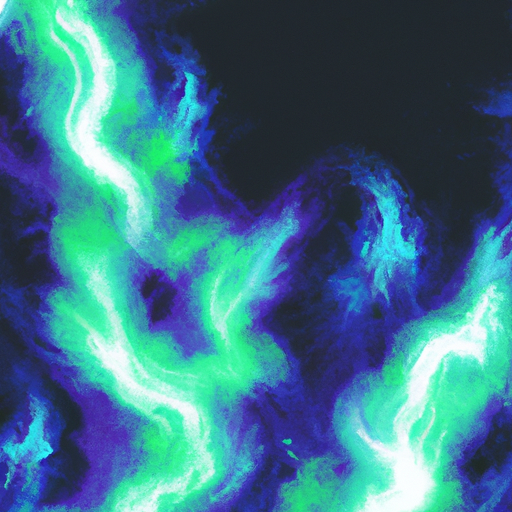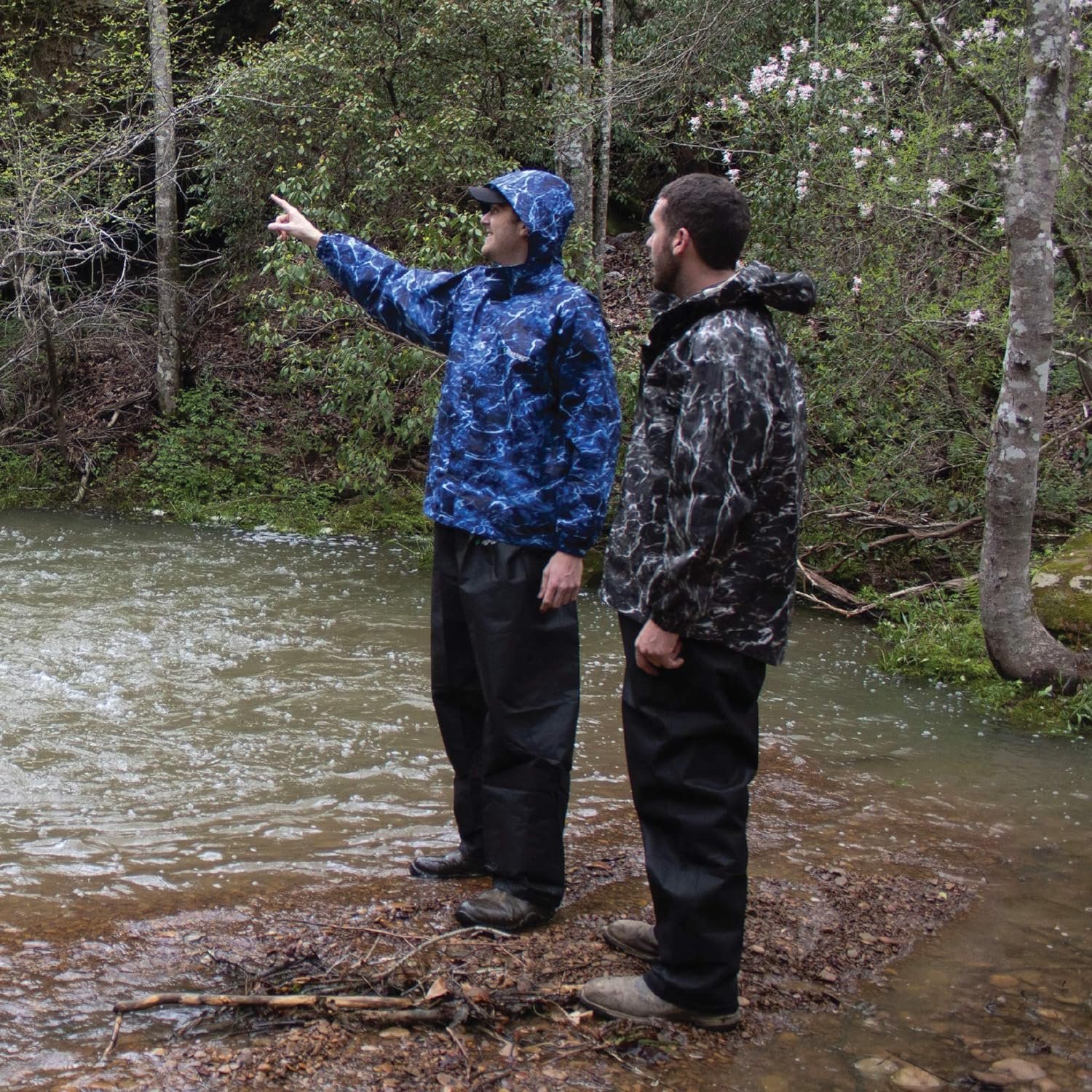One of the most awe-inspiring natural wonders, the Northern Lights, also known as the Aurora Borealis, have captivated us for centuries. But when is the best time to witness this celestial spectacle? As we delve into the mesmerizing world of the Northern Lights, we will explore the optimal time to experience this breathtaking display of nature’s magic. From the mesmerizing colors painting the night sky to the dancing curtains of light, let us guide you through the enchanting realm of the Northern Lights and help you plan your perfect voyage to witness this celestial phenomenon.
What Time Is Best To Go To Northern Lights?
Table of Contents
Factors Affecting Northern Lights Visibility
The beauty and majesty of the Northern Lights—also known as the Aurora Borealis—captivate the imagination of people all around the world. But what are the factors that affect the visibility of this incredible natural phenomenon? Let’s delve into the key factors that can make or break your chances of experiencing the Northern Lights.
Solar Activity
At the heart of the Northern Lights phenomenon lies solar activity. The lights are caused by charged particles from the sun colliding with the Earth’s magnetic field. When the sun is more active, it emits stronger solar winds, which in turn increase the chances of seeing the Northern Lights. Solar activity is measured using a scale called the Kp index, with higher Kp values indicating greater activity. So, if you want to have the best chances of witnessing this mesmerizing spectacle, keep an eye on the solar activity and plan your trip accordingly.
Geomagnetic Storms
When a geomagnetic storm occurs, it means that there are fluctuations and disturbances in the Earth’s magnetic field. These storms are closely linked to solar activity and play a vital role in determining the visibility of the Northern Lights. During a geomagnetic storm, the intensity and frequency of the lights increase, creating even more breathtaking displays in the night sky. Monitoring the Space Weather Prediction Center’s alerts can help you stay updated about any potential geomagnetic storms and increase your chances of witnessing the Northern Lights at their most vibrant.
Weather Conditions
While solar activity and geomagnetic storms are crucial factors, the weather conditions at your chosen viewing location can either enhance or hinder your Northern Lights experience. Clear skies are essential for optimal visibility, as any cloud cover can obscure the lights and diminish the overall spectacle. Checking weather forecasts before planning your trip can greatly increase your chances of getting the perfect viewing conditions. Choosing locations with a reputation for clear skies, such as northern Scandinavia or Alaska, can give you a higher chance of seeing the Northern Lights in all their glory.
Light Pollution
In today’s modern world, light pollution is an unfortunate reality that can impact the visibility of the Northern Lights. Artificial lights from cities and towns can create a haze in the sky, making it difficult to see the lights clearly. To maximize your chances of experiencing the full magic of the Aurora Borealis, it’s crucial to head to dark and remote locations away from light pollution. This means venturing out into rural areas, where the absence of artificial lights allows the Northern Lights to shine through with their full ethereal splendor. Dark Sky Reserves, protected areas specifically designated for their lack of light pollution, are also ideal locations for witnessing the Northern Lights at their best.
Best Seasons to See the Northern Lights
While the Northern Lights can be seen year-round, certain seasons offer more favorable conditions for witnessing this natural wonder.
Winter (December to February)
Winter is often hailed as the prime time to experience the Northern Lights. The long nights characteristic of this season provide ample darkness for the lights to take center stage. With snow-covered landscapes adding to the magical ambiance, winter is undeniably a popular time for avid aurora chasers. However, it’s essential to be prepared for cold temperatures during this season, especially in high-latitude regions.
Early Spring (March to April)
During early spring, the nights are still relatively long, providing a good window of opportunity to catch the Northern Lights. Additionally, the weather tends to be milder compared to the winter months, making it more comfortable for outdoor activities. Exploring destinations during this season can offer a unique blend of snow, ice, and the dancing lights in the sky—a combination that is sure to leave lasting memories.
Late Autumn (September to October)
As summer transitions into autumn, the nights gradually grow longer, making it another excellent time to witness the Northern Lights. The weather can still be relatively mild in late autumn, making it a more comfortable time to visit certain regions such as Alaska. With fall foliage adding vibrant colors to the landscapes, late autumn presents a stunning backdrop against which the Northern Lights come to life.
Ideal Time of Night
Now that we have a better understanding of the seasons most conducive to viewing the Northern Lights, let’s explore the ideal time of night for witnessing this awe-inspiring phenomenon.
Around Midnight
Contrary to what you might expect, the best time to witness the Northern Lights is usually around midnight. This is because the Earth’s magnetic field is most aligned with the incoming solar particles during this time, resulting in the most intense displays. So, staying up late into the night is well worth the effort if you want to catch the lights at their most vibrant and dynamic.
Late Evening to Early Morning
While the period around midnight is typically the most optimal, the Northern Lights can also make an appearance during the late evening and early morning hours. It’s essential to keep an eye on the aurora forecast and be patient. Sometimes, the lights can start their display earlier in the evening or continue into the early morning, giving you more chances to witness this breathtaking natural spectacle.
Duration of Visibility
When it comes to the duration of Northern Lights visibility, two factors come into play: the variable duration and the long nights that characterize the seasons with the best viewing conditions.
Variable Duration
The duration of a Northern Lights display can vary greatly. At times, the lights might grace the skies for only a few minutes, while on other occasions, they can last for several hours. This variability adds to the excitement and unpredictability of witnessing the lights, making each experience truly unique. To maximize your chances of catching a longer display, it’s advisable to plan a trip that spans several nights. After all, patience is often rewarded when it comes to the Northern Lights.
Long Nights
The long nights accompanying winter and early spring in high-latitude regions are a significant advantage for those seeking to capture the Northern Lights. With extended periods of darkness, there are more opportunities to witness the lights. Longer nights mean more time to immerse yourself in the ethereal dance of the Aurora Borealis and capture its beauty in photographs.
Best Locations for Viewing
The visibility of the Northern Lights greatly depends on the location from which you choose to witness this awe-inspiring phenomenon. Let’s explore the best locations that offer optimal conditions for Northern Lights viewing.
High Latitude Regions
Heading to high-latitude regions ensures a higher chance of experiencing the Northern Lights. Destinations such as Tromsø in Norway, Abisko in Sweden, and Fairbanks in Alaska are renowned for their prime locations within the “Auroral Oval.” Located within or near the Arctic Circle, these areas offer a greater probability of witnessing the lights due to their proximity to the Earth’s magnetic poles.
Rural Areas
To truly immerse yourself in the beauty of the Northern Lights, escaping to rural areas is essential. These locations are usually far away from the light pollution found in cities and towns, allowing the lights to shine through clearly against a dark backdrop. Canada’s Yukon Territory, Iceland’s remote countryside, and the vast wilderness of northern Finland are just a few examples of rural areas that provide stunning vistas and optimal viewing conditions.
Dark Sky Reserves
For an unparalleled Northern Lights experience, consider visiting Dark Sky Reserves. These protected areas are specifically designated for their minimal light pollution, making them ideal for stargazing and Northern Lights viewing. Places like the Jasper Dark Sky Preserve in Canada and the Aoraki Mackenzie Dark Sky Reserve in New Zealand provide excellent opportunities to witness the lights without any interference from artificial lights.
Planning a Northern Lights Trip
Now that you’re armed with knowledge about the factors that affect Northern Lights visibility and the best seasons and locations for viewing, let’s discuss how to plan your Northern Lights adventure.
Researching the Aurora Forecast
Before embarking on your trip, it’s crucial to stay informed about the current and predicted aurora activity. Several websites and apps provide aurora forecasts and real-time monitoring of geomagnetic conditions. The Space Weather Prediction Center’s website and the Aurora Forecast app are popular resources that can help you track the Kp index and get insights into the likelihood of seeing the Northern Lights at your chosen destination.
Choosing a Destination
When selecting your Northern Lights destination, consider factors like proximity to the Arctic Circle, historical visibility records, and local climatic conditions. As we discussed earlier, high-latitude regions like Tromsø, Abisko, and Fairbanks often offer the best opportunities for witnessing the Northern Lights. Researching online and consulting with travel agents or specialists can provide valuable insights into the various destination options available.
Packing Essential Gear
To make the most of your Northern Lights adventure, it’s important to pack the right gear. Some essentials include warm clothing, including thermal layers, hats, gloves, and sturdy boots for winter trips. Don’t forget to bring a quality camera with adjustable settings, extra batteries, a tripod for stability during long exposures, and a wide-angle lens to capture the expansive night sky. Additionally, consider packing portable heat packs, snacks, and hot beverages to keep warm during extended periods outdoors.
Tips for Maximizing Northern Lights Viewing
While the Northern Lights are a natural phenomenon, there are still a few tips and tricks that can help maximize your chances of witnessing this magical spectacle.
Stay Multiple Nights
As we mentioned earlier, the Northern Lights can be unpredictable. Therefore, planning a trip that spans several nights increases your chances of catching the lights during a more extended display. Staying patient and persistent can often reward you with a remarkable aurora show that leaves you awe-struck.
Avoid Full Moon Periods
The brightness of the moon can hinder the visibility of the Northern Lights. To minimize this interference, aim to visit during periods with a new or crescent moon, when the nights are at their darkest. Avoiding full moon periods allows the Northern Lights to stand out more prominently against the night sky and enhances their overall impact.
Stay Patient and Persistent
Patience is indeed a virtue when it comes to Northern Lights viewing. Even in optimal conditions, there is a level of unpredictability to the lights’ appearance. Be prepared to spend time outdoors, keeping an eye on the sky. Sometimes, persistence pays off with a breathtaking display that makes the wait worthwhile.
Photographing the Northern Lights
Capturing the Northern Lights in photographs is an incredible way to preserve the magic and share it with others. Here are some tips to help you optimize your aurora photography.
Camera Settings and Equipment
To capture the Northern Lights in all their glory, it’s important to use the right camera settings. Start with manual mode and set a high ISO, typically between 800 and 3200, to capture the faint lights. Use a fast wide-angle lens with a low aperture, like f/2.8 or lower, to gather as much light as possible. Experiment with exposure times, typically ranging from a few seconds to several seconds, to capture the intricate details of the lights. Additionally, a sturdy tripod is essential to avoid camera shake during longer exposures.
Composition and Framing
Consider the composition of your shots to create visually captivating photographs. Incorporate interesting foreground elements, such as snowy landscapes, trees, or bodies of water, to add depth and context to your images. Experiment with different perspectives and angles, but also remember to leave space in the frame for the lights to dance across the sky.
Avoiding Light Pollution
To ensure the purity of your Northern Lights photographs, avoid areas with significant light pollution. As we mentioned earlier, rural areas and Dark Sky Reserves are ideal for this purpose. Light pollution from artificial sources can not only detract from the beauty of the lights but also create unwanted glares and reflections in your images.
Experiencing the Northern Lights Through Tours
For those seeking a guided and hassle-free Northern Lights experience, various tour options are available. Let’s explore some popular ways to experience the Northern Lights through tours.
Guided Northern Lights Tours
Guided Northern Lights tours offer expert knowledge and local insights to enhance your aurora experience. These tours are typically led by experienced guides who know the best spots for Northern Lights viewing in a given location. They can provide valuable information about the lights’ history, science, and cultural significance while helping you navigate the challenges of weather and lighting conditions. Whether you choose a group tour or a private tour, a guided excursion can elevate your Northern Lights adventure and ensure a memorable experience.
Self-Drive Northern Lights Tours
For those who prefer a more independent and flexible approach, self-drive Northern Lights tours are an excellent option. These tours allow you to rent a car and explore Northern Lights hotspots at your own pace. With the freedom to choose your own itinerary and spend as much time as you desire at each location, self-drive tours offer a personalized experience. However, it’s important to familiarize yourself with local driving conditions, winter safety precautions, and potential route closures due to weather.
Northern Lights Cruises
If you prefer a unique blend of luxury and Northern Lights viewing, consider a Northern Lights cruise. These specialized cruises offer the chance to witness the lights from the comfort of a ship’s deck, surrounded by breathtaking coastal landscapes. Cruises in regions like Norway’s fjords or Alaska’s Inside Passage provide an unparalleled opportunity to spot the lights while benefitting from onboard amenities and knowledgeable guides. With a range of cruise durations and itineraries available, you can find the perfect option for your Northern Lights getaway.
Conclusion
The Northern Lights are a phenomenon that captivates and inspires awe in all who witness them. From the solar activity and geomagnetic storms that create them to the ideal seasons, locations, and times for viewing, and the tips for maximizing your experience, understanding the various factors at play can greatly enhance your Northern Lights adventure.
Whether you choose to embark on a self-guided expedition or opt for a guided tour, the opportunity to witness the dancing lights of the Aurora Borealis is an experience not to be missed. So, seek out your own Northern Lights adventure, book a trip to a prime viewing destination, and prepare to be spellbound by the magic of the Northern Lights.



